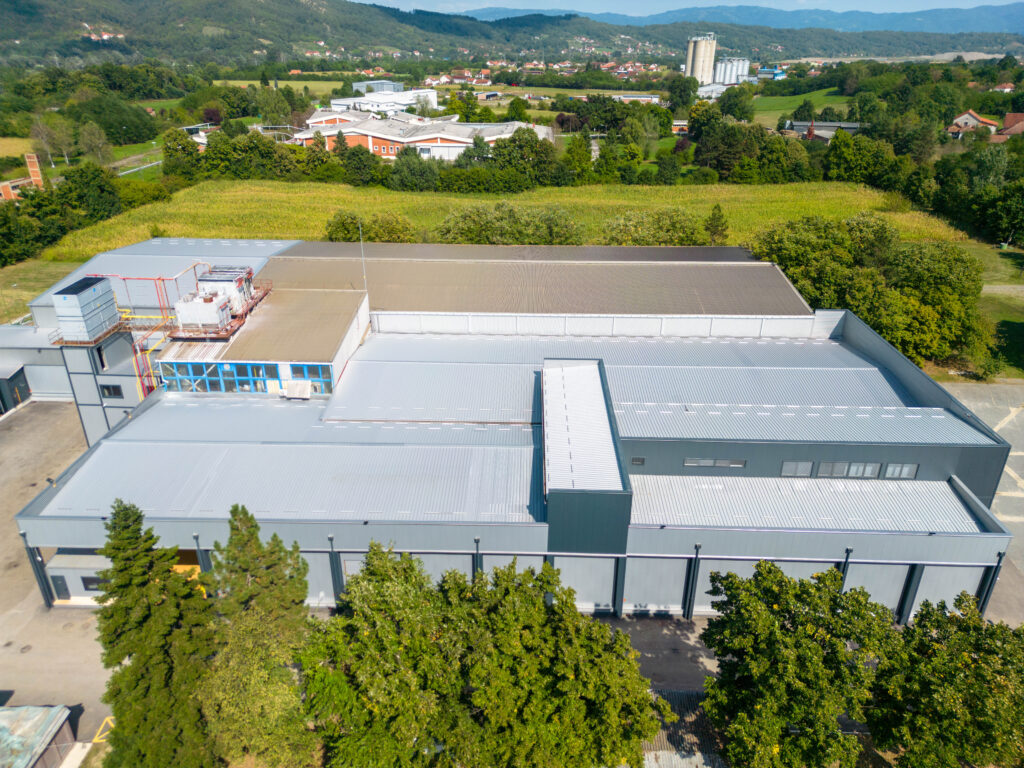As industrial vacancy rates continue to rise through the first half of 2024, those following the commercial real estate industry are seeing some interesting trends along the I-78/I-80 corridor.
This corridor, which encompasses markets in the Lehigh Valley, central Pennsylvania, and northeastern Pennsylvania, has seen increased sublease activity, changing some of the market dynamics.
Joe Gibson, research director in CBRE’s Philadelphia office, said sublease activity has increased since the Fed first began raising interest rates in 2022 to combat inflation.
“We’re seeing sublease space being added to the market faster than we’ve seen in years,” Gibson said.
According to CBRE’s latest market report, sublease availability is five times higher than it was in mid-2022.
Mr Gibson said the increase in available sublease space is a direct result of companies rushing to secure industrial space in the region in response to the COVID-19 pandemic.
Companies were considering domestic production and inventory to prevent supply chain issues that affected many industries during the pandemic.
However, demand was so high and space so limited that many companies ended up with more space than they needed. Others are finding that demand is not as strong as they expected and are considering downsizing or right-sizing their warehouse and logistics space.
Third-party logistics companies have nearly 1.2 million square feet of space on the market for sublease, representing nearly 75% of all sublease vacancies added this quarter, Gibson said.
That doesn’t mean there wasn’t an overall demand for that space. The availability of smaller, more affordable logistics spaces has brought new players into the market.
Gibson said third-party logistics companies accounted for the majority of sublease additions as they right-sized their regional footprint in response to peak demand in 2021-2022.
This space was particularly attractive to Asian companies operating in the United States who were looking for more affordable properties within a reasonable distance from ports and transportation hubs.
Gibson said vacancy rates will continue to rise through the first half of 2024 as a result of right-sizing, but a weak new construction pipeline will likely ease vacancy rates in the short term.
He said only 2 million square feet of new projects have just broken ground in the Northeast region, but developers continue to show discipline in the face of rising vacancies.
“There are disciplined players in the market who are paying attention,” Gibson said.
As a result, the construction pipeline remains at a relatively low level compared to the past five years, Gibson said. Although demand may continue to soften, the market is not in a position to add excess supply through construction in the short term.
“This is good for market fundamentals,” Gibson said. You won’t see any pressure on the supply side. ”
While this may be good news for potential tenants who may be able to negotiate better rents, Gibson said he doesn’t expect anything dramatic.
He said vacancy rates are higher than in the post-COVID-19 era, but are still much lower than during the peak of the 2008-2009 recession.
Gibson said the market is strong, as the vacancy rate was nearly 6% after the pandemic and could reach up to 8%, compared to 12% during the recession.



